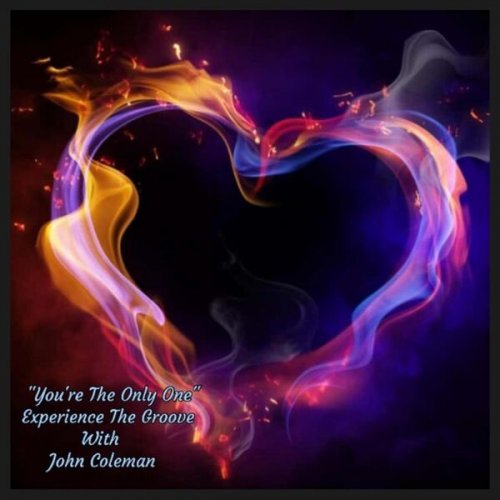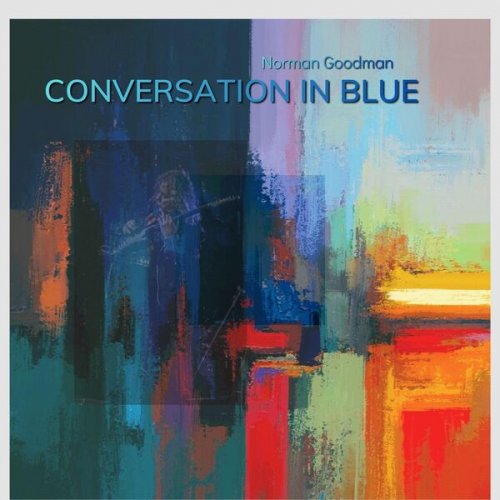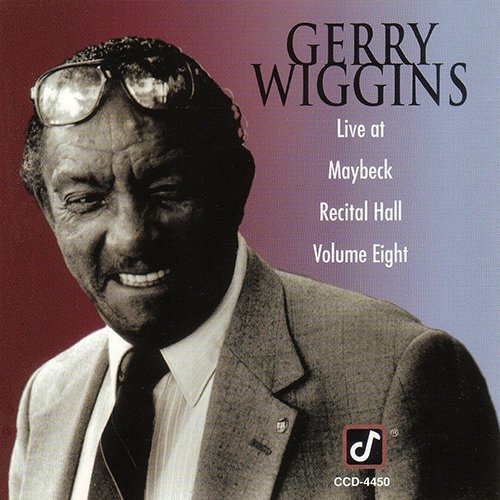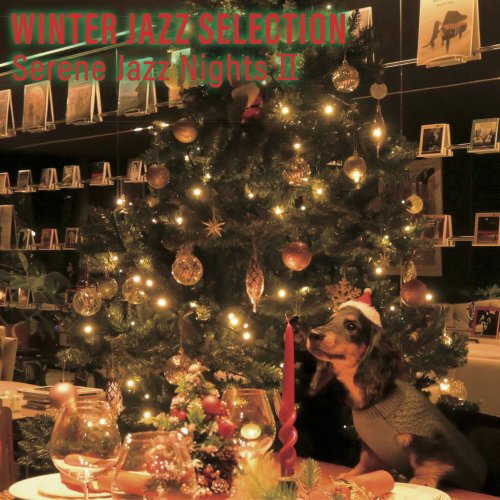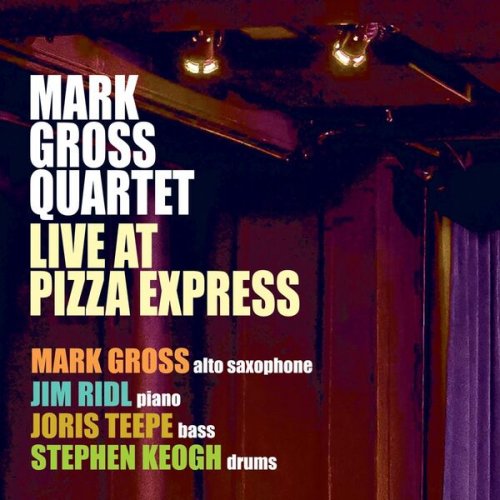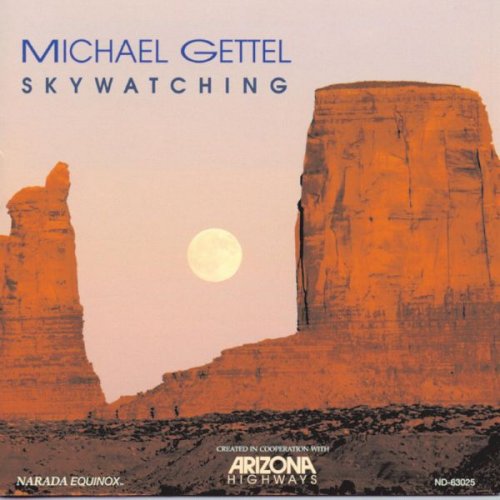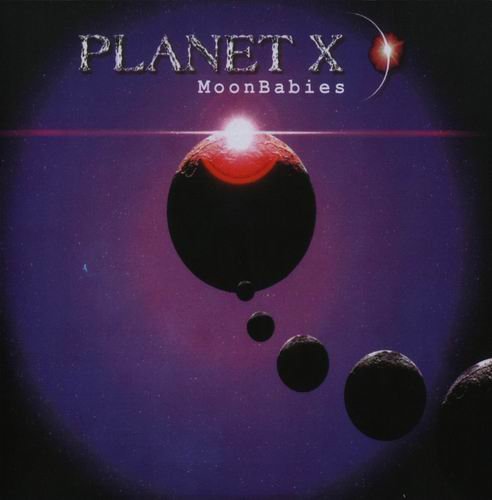The Band - Music From Big Pink (Deluxe Edition/Remixed 2018) (1968/2018) [Hi-Res]
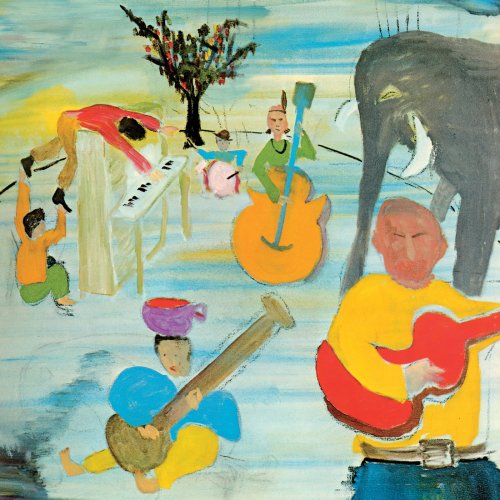
Artist: The Band
Title: Music From Big Pink (Deluxe Edition/Remixed 2018)
Year Of Release: 2018
Label: Capitol Records, LLC
Genre: Classic Rock, Folk Rock
Quality: Mp3 320 kbps / FLAC (tracks) / 24bit-96kHz FLAC (tracks)
Total Time: 65:33
Total Size: 158 / 392 MB / 1.36 GB
WebSite: Album Preview
Tracklist:Title: Music From Big Pink (Deluxe Edition/Remixed 2018)
Year Of Release: 2018
Label: Capitol Records, LLC
Genre: Classic Rock, Folk Rock
Quality: Mp3 320 kbps / FLAC (tracks) / 24bit-96kHz FLAC (tracks)
Total Time: 65:33
Total Size: 158 / 392 MB / 1.36 GB
WebSite: Album Preview
01. Tears Of Rage (Remixed 2018) 05:27
02. To Kingdom Come (Remixed 2018) 03:22
03. In A Station (Remixed 2018) 03:35
04. Caledonia Mission (Remixed 2018) 02:57
05. The Weight (Remixed 2018) 04:45
06. We Can Talk (Remixed 2018) 03:05
07. Long Black Veil (Remixed 2018) 03:07
08. Chest Fever (Remixed 2018) 05:28
09. Lonesome Suzie (Remixed 2018) 04:08
10. This Wheel's On Fire (Remixed 2018) 03:26
11. I Shall Be Released (Remixed 2018) 03:22
12. Yazoo Street Scandal (Outtake) 04:11
13. Tears Of Rage (Alternate Take) 05:33
14. Long Distance Operator (Outtake) 04:34
15. Lonesome Suzie (Alternate Take) 03:01
16. Key To The Highway (Outtake) 02:29
17. I Shall Be Released (Acapella) 03:05
On July 1, 1968, The Band's landmark debut album, Music from Big Pink, seemed to spring from nowhere and everywhere. Drawing from the American roots music panoply of country, blues, R&B, gospel, soul, rockabilly, the honking tenor sax tradition, hymns, funeral dirges, brass band music, folk, and rock 'n' roll, The Band forged a timeless new style that forever changed the course of popular music. Fifty years later, the mythology surrounding Music from Big Pink lives on through the evocative storytelling of its songs including "The Weight," "This Wheel's On Fire," "Tears of Rage," and "To Kingdom Come," its enigmatic cover art painted by Bob Dylan, the salmon-colored upstate New York house – 'Big Pink' – where The Band wrote the songs, and in myriad descendant legends carried forth since the album's stunning arrival.
The Anniversary Deluxe HiResAudio-Edition configurations feature a new stereo mix for the album, produced by Bob Clearmountain from the original four-track analog masters, achieving a striking clarity and incorporating some previously unreleased chatter from the studio sessions. The 50th Anniversary Edition includes a previously unreleased a cappella version of "I Shall Be Released."
Before naming themselves The Band, the group's members shared an extensive collaborative history. Between 1960 and 1962, then-teenaged multi-instrumentalists Levon Helm (drums, vocals, mandolin), Robbie Robertson (guitar, piano, vocals), Rick Danko (bass, vocals, fiddle), Richard Manuel (keyboards, vocals, drums), and Garth Hudson (keyboards, horns) first performed and recorded together as members of Ronnie Hawkins' backing band, the Hawks. In late 1963, the Hawks struck out on their own and became Levon & the Hawks, playing and recording under this name in 1964 and 1965.
In 1965, Robertson met with Bob Dylan in New York, just as Dylan was seeking an electric guitarist for his touring band. All the former Hawks backed Dylan on the road from October 1965 through 1966 as he incensed audiences in the U.S., Australia and Europe, performing electric sets. Disheartened by the vocally disdainful 'folkie purist' audience response to their first plugged-in performances with Dylan, Helm left the group in November 1965.
After the 1966 tour concluded, Robertson, Danko, Manuel, and Hudson woodshedded for the next year at the 'Big Pink' house in West Saugerties, New York, often in the company of Dylan, who lived in nearby Woodstock. Helm re-joined them in October 1967 and The Band was born, as the group wrote new music and prepared to record their first full-length album. Robbie Robertson recalls, "The harmonies started to blossom. The thing just kept growing." 'Big Pink' was a refuge, a creative lair for The Band and for Dylan, who recorded sessions there that were soon bootlegged as "The Basement Tapes."
For Music from Big Pink's recording sessions, The Band traveled to New York's A&R Recording and Los Angeles' iconic Capitol Studios, with some additional session work done at Gold Star Studios in LA. David Fricke sets the scene in his essay for the new box set's book: "The album was made just as The Band wrote and played the songs in that house – in a circle, as if in ceremony…"
"We had all of that gathering – the woodshedding and paying our dues, all of that dripping into the music," Robertson explains. "This didn't sound like anything we had done with Ronnie Hawkins, what we had done as Levon and the Hawks, or what we played on the Dylan tour. This was a music that – hopefully – lived in a time and space that you couldn't quite put your finger on."
In his 1993 memoir, titled This Wheel's On Fire, Levon Helm wrote, "We wanted Music from Big Pink to sound like nothing anyone else was doing. This was our music, honed in isolation from the radio and contemporary trends."
Released during a long, turbulent season of war and socio-political unrest, and sandwiched between other culture-shifting 1967-'68 albums by The Beatles (Sgt. Pepper's Lonely Hearts Club Band and 'The White Album'), Jimi Hendrix (Axis: Bold As Love), and The Rolling Stones (Beggars Banquet), Music from Big Pink astonished critics.
Writing for Rolling Stone, journalist Alfred G. Aronowitz proclaimed that 'Big Pink' was "the kind of album that will have to open its own door to a new category." In his San Francisco Chronicle review, Ralph J. Gleason wrote, "The voices are unique and make a sound not available anywhere else in popular music that I know of. It is a rural sound, not on the country & western stations, yet not rural in the sense of lack of sophistication; I think it is hymnal… The songs are going to be American classics and it will not matter if there is no second album nor if The Band ever appears in person again." Al Kooper reviewed the album for Rolling Stone, writing, "Music from Big Pink is an event and should be treated as one… There are people who will work their lives away in vain and not touch it."
While Music from Big Pink achieved moderate success upon release, peaking at No. 30 on the Billboard 200 chart, it is recognized as one of the most important albums in popular music history. In his 1975 book Mystery Train, Images of America in Rock 'n' Roll Music, Greil Marcus explained, "The richness of 'Big Pink' is in The Band's ability to contain endless combinations of American popular music without imitating any of them. The Band don't refer to their sources any more than we refer to George Washington when we vote, but the connection is there."
In 1989, The Band was inducted into Canada's Juno Hall of Fame and five years later they were accorded the same honor by the Rock and Roll Hall of Fame. In 2008, The Band was honored with The Recording Academy's Lifetime Achievement Award.
Three members of The Band, Richard Manuel, Rick Danko, and Levon Helm, have passed away, but The Band's legacy lives on, in their recordings and in their tangible influence on popular music, wowing not only Bob Dylan, but many other music greats, including Eric Clapton, George Harrison, and Miles Davis. Making Americana music before the term even existed, Rick, Levon, Garth, Richard, and Robbie collectively constituted the only ensemble to ever rightfully earn the sobriquet The Band.
Rick Danko, bass, fiddle, vocals
Levon Helm, drums, tambourine, vocals
Garth Hudson, organ, piano, clavinet, soprano and tenor saxophone
Richard Manuel, piano, organ, drums, vocals
Robbie Robertson, electric and acoustic guitars, vocals
Additional musicians:
John Simon, baritone horn, tenor saxophone, piano
Produced and remastered by Bob Clearmountain
Original album produced by John Simon
Digitally remastered
The Anniversary Deluxe HiResAudio-Edition configurations feature a new stereo mix for the album, produced by Bob Clearmountain from the original four-track analog masters, achieving a striking clarity and incorporating some previously unreleased chatter from the studio sessions. The 50th Anniversary Edition includes a previously unreleased a cappella version of "I Shall Be Released."
Before naming themselves The Band, the group's members shared an extensive collaborative history. Between 1960 and 1962, then-teenaged multi-instrumentalists Levon Helm (drums, vocals, mandolin), Robbie Robertson (guitar, piano, vocals), Rick Danko (bass, vocals, fiddle), Richard Manuel (keyboards, vocals, drums), and Garth Hudson (keyboards, horns) first performed and recorded together as members of Ronnie Hawkins' backing band, the Hawks. In late 1963, the Hawks struck out on their own and became Levon & the Hawks, playing and recording under this name in 1964 and 1965.
In 1965, Robertson met with Bob Dylan in New York, just as Dylan was seeking an electric guitarist for his touring band. All the former Hawks backed Dylan on the road from October 1965 through 1966 as he incensed audiences in the U.S., Australia and Europe, performing electric sets. Disheartened by the vocally disdainful 'folkie purist' audience response to their first plugged-in performances with Dylan, Helm left the group in November 1965.
After the 1966 tour concluded, Robertson, Danko, Manuel, and Hudson woodshedded for the next year at the 'Big Pink' house in West Saugerties, New York, often in the company of Dylan, who lived in nearby Woodstock. Helm re-joined them in October 1967 and The Band was born, as the group wrote new music and prepared to record their first full-length album. Robbie Robertson recalls, "The harmonies started to blossom. The thing just kept growing." 'Big Pink' was a refuge, a creative lair for The Band and for Dylan, who recorded sessions there that were soon bootlegged as "The Basement Tapes."
For Music from Big Pink's recording sessions, The Band traveled to New York's A&R Recording and Los Angeles' iconic Capitol Studios, with some additional session work done at Gold Star Studios in LA. David Fricke sets the scene in his essay for the new box set's book: "The album was made just as The Band wrote and played the songs in that house – in a circle, as if in ceremony…"
"We had all of that gathering – the woodshedding and paying our dues, all of that dripping into the music," Robertson explains. "This didn't sound like anything we had done with Ronnie Hawkins, what we had done as Levon and the Hawks, or what we played on the Dylan tour. This was a music that – hopefully – lived in a time and space that you couldn't quite put your finger on."
In his 1993 memoir, titled This Wheel's On Fire, Levon Helm wrote, "We wanted Music from Big Pink to sound like nothing anyone else was doing. This was our music, honed in isolation from the radio and contemporary trends."
Released during a long, turbulent season of war and socio-political unrest, and sandwiched between other culture-shifting 1967-'68 albums by The Beatles (Sgt. Pepper's Lonely Hearts Club Band and 'The White Album'), Jimi Hendrix (Axis: Bold As Love), and The Rolling Stones (Beggars Banquet), Music from Big Pink astonished critics.
Writing for Rolling Stone, journalist Alfred G. Aronowitz proclaimed that 'Big Pink' was "the kind of album that will have to open its own door to a new category." In his San Francisco Chronicle review, Ralph J. Gleason wrote, "The voices are unique and make a sound not available anywhere else in popular music that I know of. It is a rural sound, not on the country & western stations, yet not rural in the sense of lack of sophistication; I think it is hymnal… The songs are going to be American classics and it will not matter if there is no second album nor if The Band ever appears in person again." Al Kooper reviewed the album for Rolling Stone, writing, "Music from Big Pink is an event and should be treated as one… There are people who will work their lives away in vain and not touch it."
While Music from Big Pink achieved moderate success upon release, peaking at No. 30 on the Billboard 200 chart, it is recognized as one of the most important albums in popular music history. In his 1975 book Mystery Train, Images of America in Rock 'n' Roll Music, Greil Marcus explained, "The richness of 'Big Pink' is in The Band's ability to contain endless combinations of American popular music without imitating any of them. The Band don't refer to their sources any more than we refer to George Washington when we vote, but the connection is there."
In 1989, The Band was inducted into Canada's Juno Hall of Fame and five years later they were accorded the same honor by the Rock and Roll Hall of Fame. In 2008, The Band was honored with The Recording Academy's Lifetime Achievement Award.
Three members of The Band, Richard Manuel, Rick Danko, and Levon Helm, have passed away, but The Band's legacy lives on, in their recordings and in their tangible influence on popular music, wowing not only Bob Dylan, but many other music greats, including Eric Clapton, George Harrison, and Miles Davis. Making Americana music before the term even existed, Rick, Levon, Garth, Richard, and Robbie collectively constituted the only ensemble to ever rightfully earn the sobriquet The Band.
Rick Danko, bass, fiddle, vocals
Levon Helm, drums, tambourine, vocals
Garth Hudson, organ, piano, clavinet, soprano and tenor saxophone
Richard Manuel, piano, organ, drums, vocals
Robbie Robertson, electric and acoustic guitars, vocals
Additional musicians:
John Simon, baritone horn, tenor saxophone, piano
Produced and remastered by Bob Clearmountain
Original album produced by John Simon
Digitally remastered
